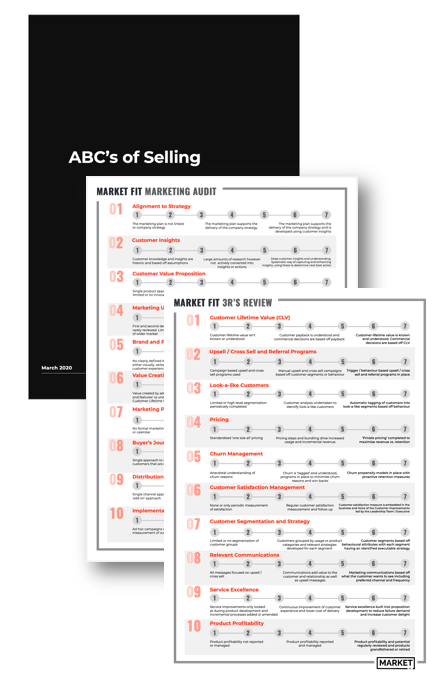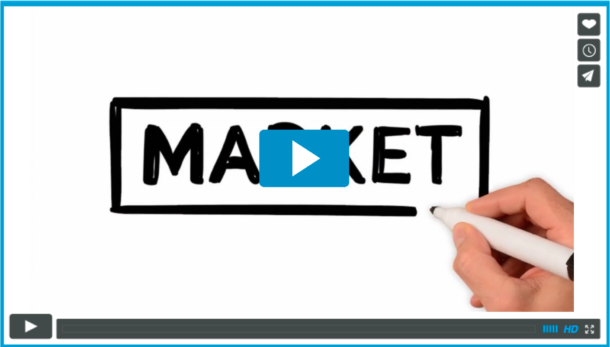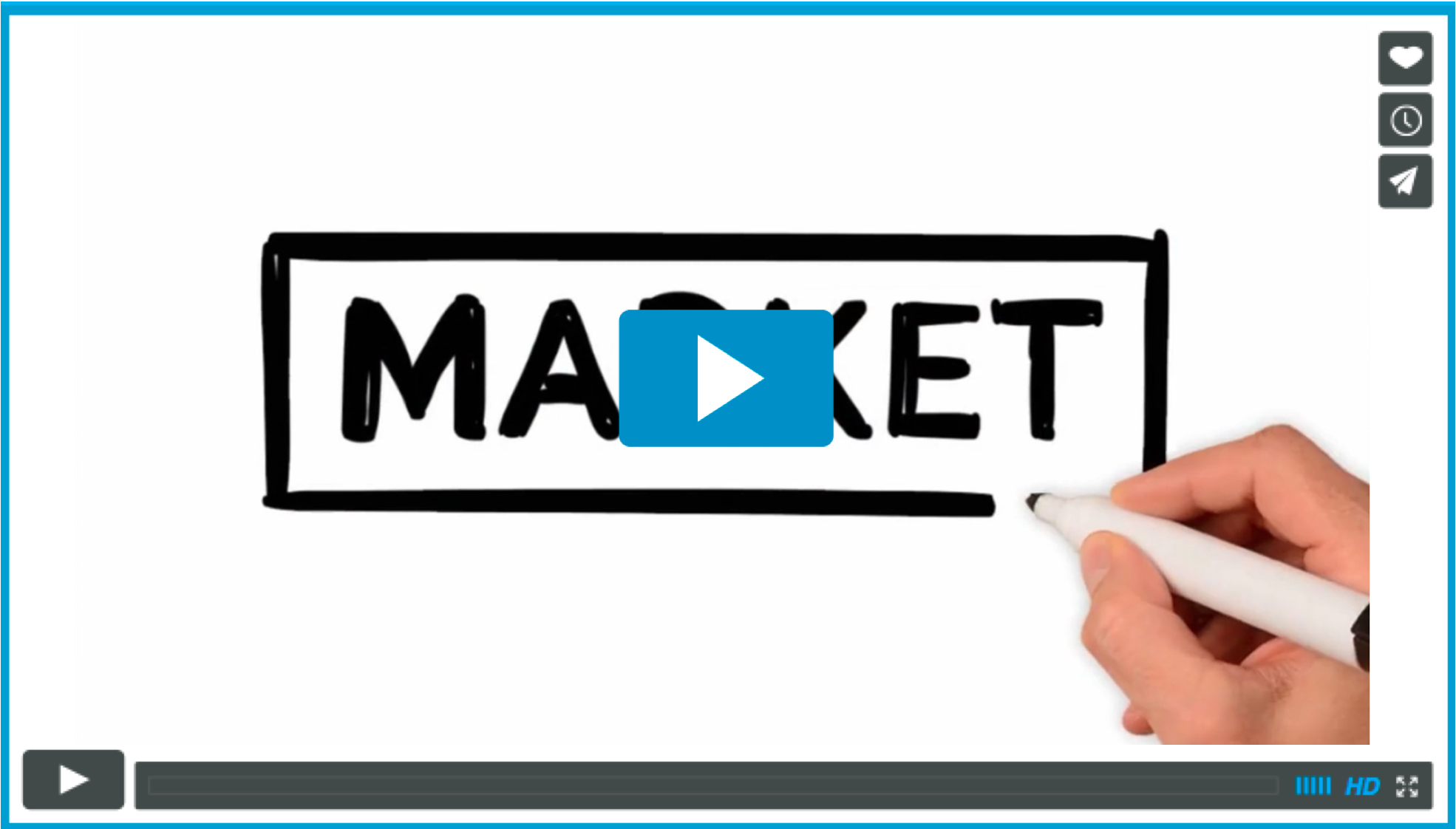Dear Incumbent, this blog is for you
In this blog I will quickly cover the new disrupted, reality and why you (as an incumbent or traditional business) need to confront it. I will then spend more time on a range of key things I recommend you consider addressing and even embracing this new world to both reduce the risk and increase the opportunity.
Disruption, it’s real and its exponential
I realise we have talked plenty a piece about digital disruption and the exponential world we now live in in numerous earlier blogs. I am also conscious there are endless stories and thought pieces on an almost daily basis on digital disruption and why businesses should confront it and indeed address it.
Regardless and sadly, they are right. Even more sadly it seems many businesses still are not taking this seriously. In the midst of all the commentary, doom and gloom rhetoric and clear and immutable evidence that disruption is taking its toll on traditional businesses and their business models there appears to be, on balance, little material reaction and associated action to said disruption.
If you are a traditional business adopting a tradition [analogue] business model then the cold hard reality is you are now more at risk than you have ever been and if BCG (Boston Consulting Group) are correct then one in three of you will likely fail in the next five years. It is now quite literally is a matter of life and death.
This needs to be taken it seriously as the rate of change is only going to get faster and even more challenging due to the combinatory effects of the multiple disruptive technologies that continue to emerge. These will continue to allow Digital attackers to build new consumer centric business models leveraging disruptive technologies at scale and pace and generally without heavy investment in physical assets. They have lower capital investment requirements and scale much more quickly as they are information based rather than asset or infrastructure based. In short, the disruption will continue and the rate of disruption likely increase.
A new model has emerged, a new strategy and approach is required
A new model has emerged as a consequence of these new customer focussed digital attackers using disruptive technologies to change the game and disrupt business models globally on mass where:
- customer experience is the new currency
- digital thinking and action is the new delivery model
- accelerating technologies enable the new digital delivery platform
- high cadence and velocity is the new ‘unfair’ or competitive advantage.
The model has been tipped upside down to a large extent and traditional business models, thinking, action, assets and capabilities are now in many cases labilities rather than assets and simply no longer relevant.
So what some might say? Well frankly, if you are a traditional business hanging on to a traditional business model and continuing to rely on traditional processes, capabilities and assets you are probably in real, and potentially irreversible, trouble.
In this world, and as Jack Welch so succinctly put it, “if the rate of change of the inside is slower than the rate of change on the outside, then the end is near.”
If you are an incumbent or traditional business you have a clear choice. React and respond with a ‘digitally fit’ strategy now, or conversely plan an aggressive ‘produce out’ strategy where you maximise your near to medium term yield acknowledging there is then really no long term plan.
To survive and thrive a new strategy, mindset, approach and capabilities are required where you need to be customer focussed, digitally centred, adopt and leverage new technologies as appropriate and be much faster and more adaptive.
The Survival Guide – 8 actions to consider
So, if you have made it this far haven’t become bored with the same old disruption blah blah and checked out, then you might be thinking what things should you consider doing?
Below I will lay out a range of actions you can adopt in what I am crudely calling An Incumbents Disruption Survival Guide to help you both survive and indeed thrive in this new world.
This list is a non-exhaustive list of things I believe you should consider that is based on my experience in driving successful Corporate innovation and growth at one of NZ’s largest incumbent businesses, consulting to other large NZ businesses on how to approach this and also investing in start-ups who are doing this to attack the same traditional business models and businesses.
Here goes.
1. Understand your digital threat … and opportunity
The first step is to develop a clear understanding and view of where your industry is at and where your business is places in your industry in terms of digital maturity. Understanding both the level of threat and importantly opportunity is critical. It will help you determine how hard and fast you need to move to address the threat but also where you can pursue opportunity through digital thinking and action in your core business or where you can use digital to enter adjacent markets by launching new digitally centred businesses and products. I don’t intend to dwell on this any further and the likes of McKinsey & Co and others have well developed models for assessing where you sit on the disruption curve.
Beyond this it is worth noting that there is clear evidence that those businesses with a higher digital maturity outperform their peers that have a lower digital maturity. This outperformance occurs across customer, financial and employee metrics. In short, it’s a no brainer to build digital capability and maturity not only as a defensive measure but also as an offensive capability… and it’s good for customers, your people and your shareholders. A digital trifecta.
In my time building and running Spark Ventures we certainly looked seriously at how we could use new [digital] business models, technologies, capabilities and approaches when building new businesses such as Skinny in core markets and new businesses such as Lightbox and Qrious in new and adjacent markets. We focussed particularly on the opportunity to go on the attack and anchored it in customer experience and new ways of working and the technologies and approaches that would allow that. More on this below.
2. Ensure you have a clear purpose, and start with Why?
This may sound obvious but you need to ensure you have a clear purpose or ambition. This may be implicit. It may even explicit but at the same time it also may no longer be fit for purpose or relevant given the change that has gone on in the last decade in your external environment.
Being clear on your purpose is critical in this new environment. The need for having a clear purpose is brought to life well in the Exponential Organisations book where they refer to having an MTP or Massive Transformative Purpose as a clear underlying success factor of the new breed of exponential organisations such as Google and Facebook. Not only do they give an organisation a ‘true north’ but they are also critical in attracting both customers and talent in this new world. The younger generations have a greater need to interact with and also work for a purposeful organisation. So, you really need to ensure you can articulate “its why we do what we do”.
In Spark Ventures, where I was employee number 1, we started essentially with no customers, no revenues, no assets and no staff. We had a well funded parent but little else to leverage so as we set that business unit up we had to confront very early on why we were there and what was our purpose. There was new to us but starting with Why and formulating that really helped guide our focus and execution. We had a range of ‘Why’s’ but the first and foremost was “Make Magic for Customers” as we were clear our core objective was building businesses that could attract new customers, and therefore revenue, to Spark. For more on this it’s hard to go past Simon Sinek and his “Start with Why” concept that you can find here https://startwithwhy.com/ .
Finally, I would also recommend as part of this adopting some Lean Start-up thinking and re-validating, re-thinking or even re-imagining who is your customer and what is the problem(s) you are solving for them. Many traditional businesses continue to build solutions for problems that no longer exist. Who wants to be a DVD Player manufacturer?
3. Adopt Digital best practise
As I mentioned above, adopting digital best practise is a no brainer. There has been plenty of research done and articles written on this and I don’t think you can go past McKinsey & Co who recommend adopting these 7 consistent traits that incumbents who have become digital transformers have adopted:
- Be obsessed with the customer – always anchor in the customer, think customer back
- Be unreasonably aspirational – aim high, have bold ambition
- Acquire new capabilities – such as design thinking, agile development, data science, growth hacking etc
- Ring fence and cultivate talent – build a digital team and protect it until the wider organisation is more understanding and accepting of these new antibodies
- Challenge everything – literally question everything you do, assume everything could be done faster with less friction… because it probably can
- Be quick and data driven – move at high cadence, but with data
- Follow the money – look for where there is friction in your business and first address the high impact and ease areas to build digital momentum
4. Adopt exponential organisation traits
Again, I won’t go into this in detail but rather encourage you to read the book The Exponential Organisation and consider these key traits they observed in exponential organisations and think about how you might use them in your business. They are grouped by externals [SCALE] traits and internal [IDEAS] traits:
- External Traits
- S – Staff on demand. Think about how you could leverage non-staff as your workforce in a more dynamic way (e.g. Uber)
- C – Community and crowd. Consider how you can leverage the power of the crowd (e.g. Facebook, Instagram) and community, particularly in your sales, marketing and service. This includes social and digital marketing but also crowd sourcing for customer service for instance.
- A – Algorithms or big data. Look at how you can better use both your data as well as 3rd party data to move across the data>information>insight>action>value continuum.
- L – Leveraged assets. Look at where and how you might be able to leverage others assets such as AirBNB and Uber but also the likes of YourDrive and Parkable in NZ.
- E – Engagement. Look at how you can drive deeper engagement with your customers and also consider the likes of gamification to create deeper enagement.
- Internal Traits
- I – Interfaces. Consider how you create new models to engagement in a two way dialogue with your people. This will include engendering a flatter and more transparent culture and the use of tools such as Yammer and Slack to facilitate faster and more efficient information sharing.
- D – Dashboards. Focus on the power of simpler close to real time reporting around the handful of key business value drivers to drive insight and action rather than the traditional information overload of heavy monthly reports with oodles of data, charts, graphs and commentary that tell you very little too late.
- E – Experimentation. Ensure you engender a culture of continuous learning and adaption. Remember Jack Welch’s quote. Experimentation and the concept of ‘fail fast, fail cheap’ is critical to survival and adaption. It also helps you avoid slow and expensive epic fails where the only beneficiary is usually your traditional technology supplier.
- A – Autonomy. Consider the important role of new flatter, more autonomous and therefore more agile and faster organisations. Spotify is one of the better examples in terms of balancing accountability (which you can’t lose) and autonomy (which you now need) as explained in this HRB article. Spotify HBR Article
- S – Social. Finally, look at how you can use social platforms to deliver stronger staff engagement.
5. Leverage disruptive technologies
I have banged on about this at length already but don’t lose sight of how you can leverage disruptive technologies where relevant. These include hyper connectivity, AR/VR, AI and machine learning, Cloud Storage and Compute, Micro/nano production… etc. Look at technology as an enabler in helping you build platforms to deliver better experiences to your customers and market. It’s a means to an ends but importantly technology is no longer the constraining factor. Imagination and risk is more likely the issue.
6. Be clear on your ‘unfair advantage’
What used to be called competitive advantage is now being called ‘unfair advantage’. Regardless of the name, now more than ever, you need to be 100% crystal clear on what your source of unfair advantage is and really test that hard. In doing this you will need to confront the fact that in many cases what was an advantage in the past is likely a disadvantage in the future. I saw this in stark relief in the telco sector when the good old fixed line calling business and returns created a classic incumbents dilemma in terms of pursuing, and investing in, the future markets of broadband and mobile which actually were substitutes to fixed line calling. This is happening over and over again in many industries caught hanging onto old and obsolete, yet still profitable for now and maybe the near future, business models.
These last two also come from the Exponential Organisation book, and I am a believer so have added them in.
7. Ensure you have a visionary CEO
This is a little chicken and egg and could quite easily have been number 1 above. In order to confront the change required and recognise that today’s business model and associated strategy is obsolete, and as a result will require a paradigm shift in the model and strategy, will require a bold and visionary CEO. There is a fair amount of foresight needed to determine where the future lies and just as much fortitude and courage to tell the collective stakeholders, and particularly shareholders that serious change and indeed pain is likely required before gains can be delivered.
8. Ensure you have a supportive culture
Whilst this is last, this is not the least. This together with the visionary leader is mission critical to architecting and delivering the change required. The new culture will need to be open, honest, support experimentation and embrace and even chase new ways and thinking and action that by nature are more digital and exponential. There is no room for what my old boss called it NIHBYMism or not invented here by me. These people are unfortunately (and mostly unintended) analogue terrorists in a digital world. It may not be purposeful terrorism but they will hold you back if they are unwilling to change and indeed change at serious pace required. They will not only cost you money but they are quite likely focussed (possibly unknowingly) on locking in a business model and supporting technologies/processes/etc that no longer work. In some cases its quite likely they will actively work against the new digital and experimental culture you need as this feels wrong to them and is also likely a personal risk to them and their place in the organisation and indeed the world. Seek them out and get rid of them. Harsh I know, but required nonetheless.
Apologies for the length.
Finally, at the end of the day the opportunity is enormous and it all starts with you. I would encourage you to watch this video from futurist Gerd Leonard and why Digital Transformation starts with you
Cheers Rod




